Rome is the capital city of Italy and is famous for its rich history & historical sites like the Colosseum and the Vatican. Rome is a hub of old buildings, beautiful art, and yummy food. It’s a city full of culture and past stories.
Best Historical Sites in Rome:
Following are the best historical sites in Rome, that you will find very pleasurable to visit.
1) The Colosseum:
The Colosseum which is situated in the capital city of Italy is among the most popular and most historical marvelous pieces in the world. It was a massive arena that was constructed around 70-80 AD with a seating capacity of fifty thousand people. The location was chosen near the Roman Forum, which was the center of public life in ancient Rome.
The Colosseum was mainly used for gladiator battles, hunting of animals, and other entertainment purposes. These events were very popular and people flock to the venue during these events. The gladiators were trained fighters, and the games were often heartless. Sometimes, wild animals like lions and tigers were also brought in to fight, ohh such dramatic and dangerous shows. I wish I could watch that.
The Colosseum represents the power, engineering skill, and culture of the Roman Empire. The structure with its huge arches & strong design, itself is a masterpiece of Roman architecture. Even though parts of it have been damaged over time, the Colosseum still stands as a symbol of the greatness of ancient Rome. Today, it’s one of the most visited historical sites that attracts millions of tourists every year.
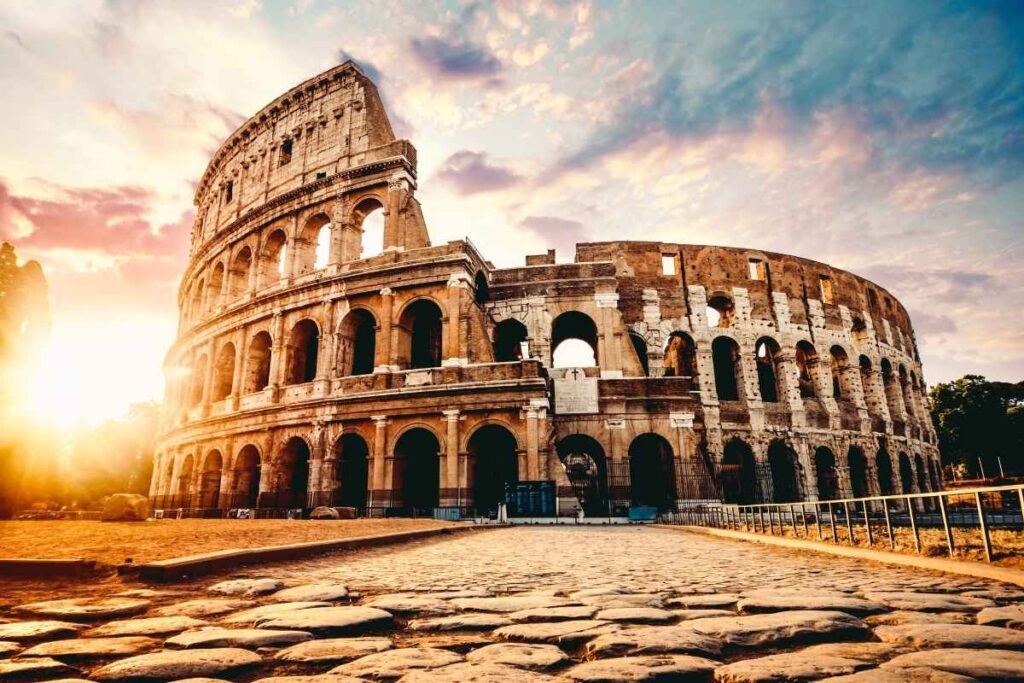
Entry Ticket:
The individual entry ticket is €18 and if you are an EU citizen then it costs around €15 (identity is required that proves that you are an EU citizen). While for individuals under 18 and disabled, the ticket is free. And if you want to purchase the combined ticket for the Colosseum, Roman Forum, and Palatine Hill then its price is €24.
2) Pantheon:
Historically famous, the Roman building Pantheon is situated in the Piazza della Rotonda, at the very heart of the modern Roman capital. It was built nearly 2000 years ago during the reign of Emperor Hadrian in about 126 AD. At first, it was constructed for all the Roman gods, hence its name, which in Greek means a ‘pantheon’ or ‘all Gods.’
Of course, the main impression I got while visiting the Pantheon is its dome. When it was built, no other dome in the world was much bigger. You know what it is still one of the largest domes, made of concrete without any support inside. At the top of the dome is the “oculus,” a round opening that allows natural light to pour in, that creates a dramatic effect. The oculus also symbolizes the connection between the heavens and the temple below.
The Pantheon wasn’t just a place for worship; it also showed off how skilled the Romans were at building. Its perfect shape and the way they designed the dome have inspired many other buildings, even today.
After the end of the Roman Empire period, the Pantheon was converted into a Christian church in the 7th century. And maybe due to this reason, this site still exists today, as many other ancient Roman buildings were destroyed. Today, the Pantheon is also the burial place of the artist Raphael and Italian kings.
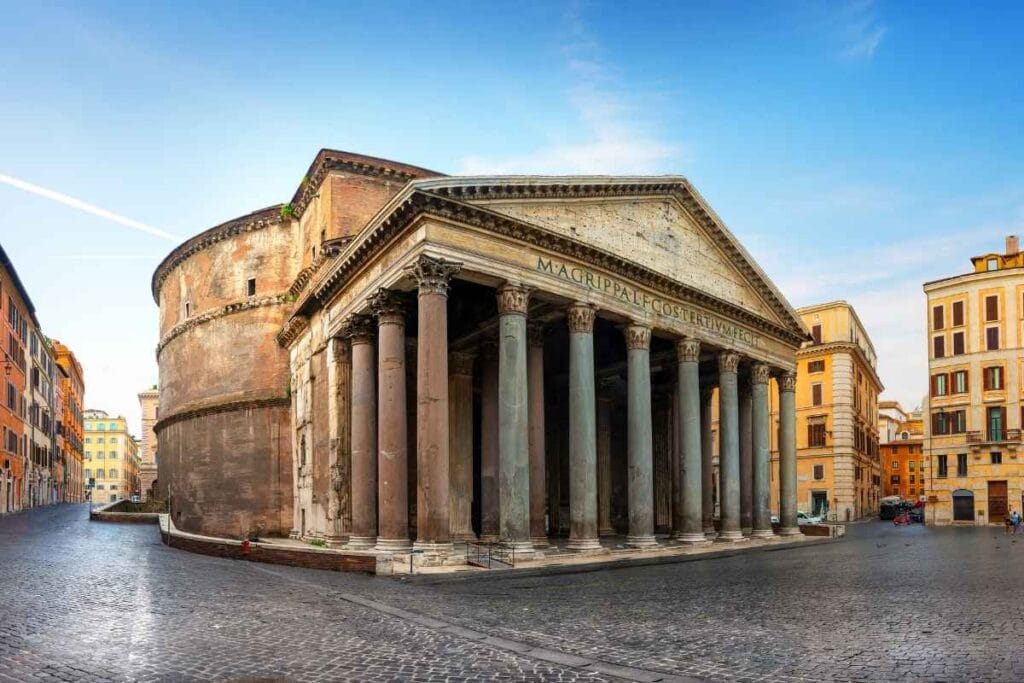
Entry Ticket:
For individuals less than 18 ticket is free, while for 18 to 25 old ones it costs around €3 and for those above 25 people the ticket price is €5.
Also Read: Five Historical Sites in Mesopotamia
3) Vatican City:
Vatican City is a tiny country inside Rome, Italy. It doesn’t have a coastline and is the smallest country in the world that covers 109 acres with about 800 people living there.
Vatican City is very important in Christianity. It’s where the Roman Catholic Church is based, and it’s the home of the Pope, who leads the Church.
Long ago, the area was a burial site, and it’s believed that St. Peter, one of Jesus’ Believers, was buried there. In the 4th century, Emperor Constantine built a church over St. Peter’s Basilica. This church became a popular place for people to visit.
In 1929, the Lateran Treaty established Vatican City as an independent state.
Over the years, the land around St. Peter’s church became known as the Papal States, ruled by the Pope. These states were important in European history for many years.
Today, Vatican City has famous places like the Sistine Chapel, famous for its beautiful ceiling painted by Michelangelo, and the Vatican Museums, which hold a large collection of art, including works by Raphael and other famous artists.
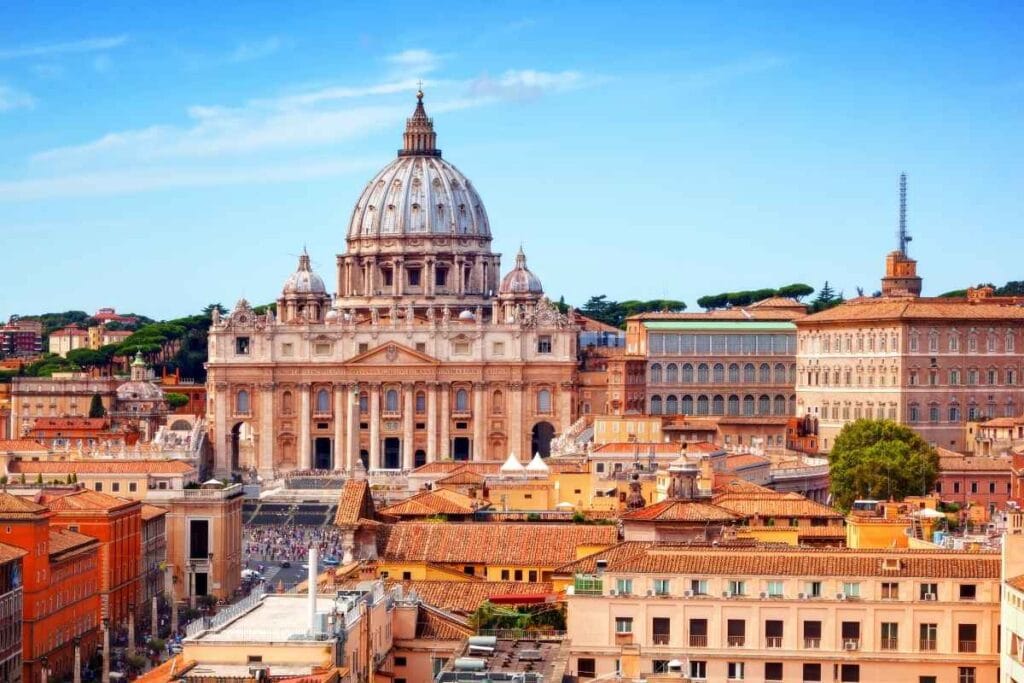
Entry Ticket:
There is no ticket for entering Vatican City, however, for visiting attractions like St. Peter’s Basilica & Vatican Museums, it will cost around €15.
4) Palatine Hill:
Palatine Hill is one of the Seven Hills of Rome which is located near the Roman Forum. It’s one of the oldest parts of the city, with an old history of over 2,500 years.
According to ancient legend, this is a place where Romulus, the founder of Rome, built his first settlement.
Historically, Palatine Hill became a wealthy and important area in ancient Rome. It was home to many famous and powerful people, including emperors and aristocrats. Over time, grand palaces and temples were built here, which shows the wealth and influence of Rome’s elite.
The hill is significant not only for its history but also for its archaeological sites. Visitors can see the ruins of ancient palaces, such as the House of Augustus, the first Roman emperor. There are also beautiful gardens and stunning views of the Roman Forum and Circus Maximus.
Today, Palatine Hill is an important tourist destination. While walking through the ruins, you can feel the history and imagine what life was like in ancient Rome.
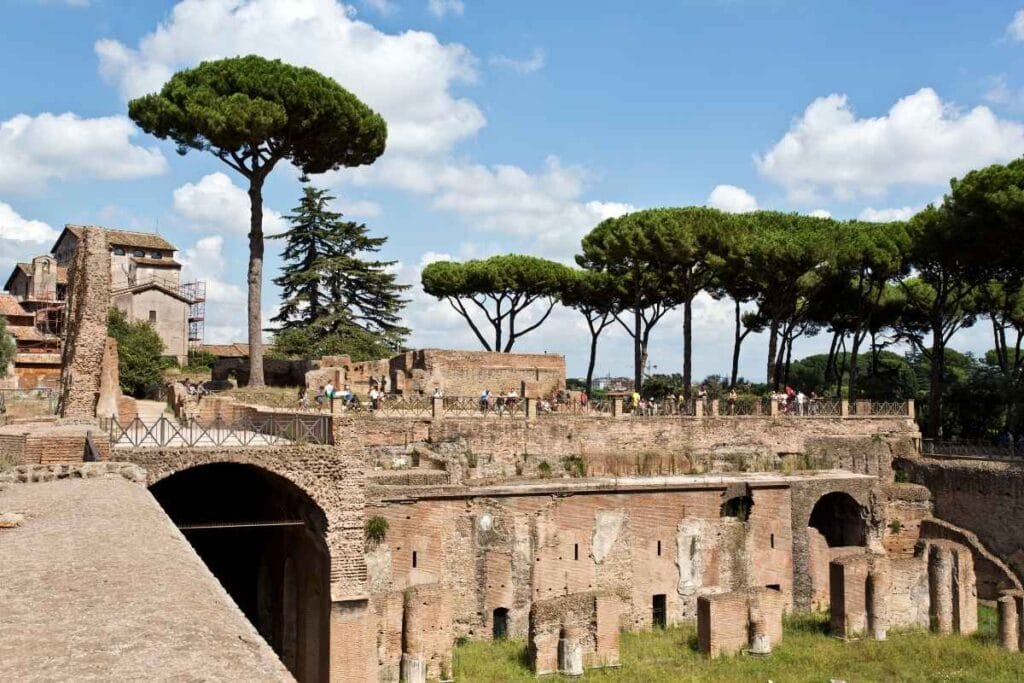
Entry Ticket:
The entry ticket starts from €19 and it may increase if you want combo tickets and guided tours. And free for less than 18 ones.
5) The Baths of Caracalla:
The Baths of Caracalla are located in Rome, Italy, near the city center. This was built during the reign (212–216 AD) of Emperor Caracalla and was among the largest and most impressive public baths in ancient Rome.
These baths were a social hub where people gathered to relax, exercise, and enjoy leisure activities. It had both hot and cold water bathing rooms, steam rooms, and even gardens. It could hold thousands of visitors at a time.
The ruins still show impressive marble decorations, intricate mosaics, and large domed ceilings. Today the baths are in ruins, but as a strong relic of Rome’s history, the baths show you how the public baths were such a huge part of Roman culture and daily life. If you visit this site you can imagine what it was like for Romans to spend time in these grand spaces.
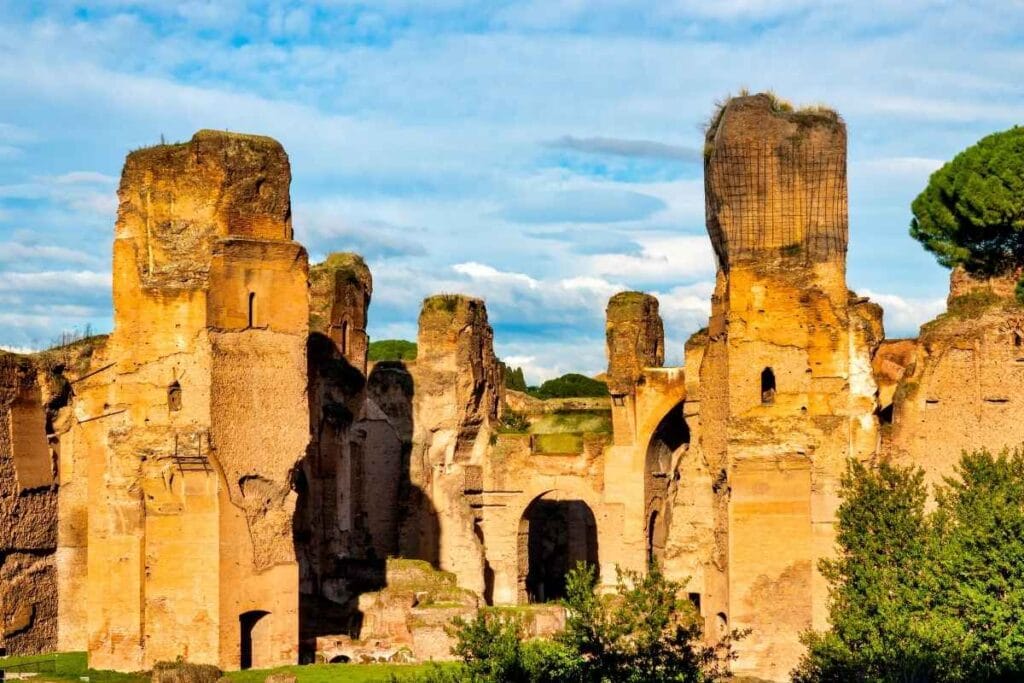
Entry Ticket:
For individuals less than 18, the price is €2. For older than 18 the ticket price is €12, and for EU citizens (18-24) is €6.
Best Time to Visit Historical Sites in Italy:
The best time to visit historical sites is from April to June & September to October. During these months the weather is mild and comfortable, so you can enjoy your tour. And in spring and fall there are fewer tourists compared to the peak summer months, which means shorter lines at popular sites like the Colosseum and Vatican City.
I hope you find this article informative.






